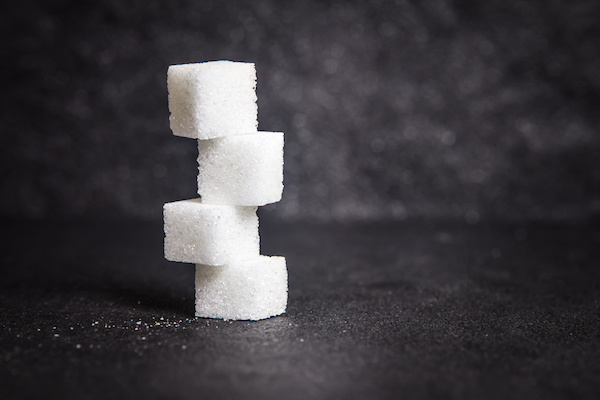
The Cost and Effect of Sugar in Dentistry
Across the world people are consuming far too much sugar. We’re already aware that increased consumption of sugar is fueling the obesity epidemic. However, you may not realize that the increased sugar consumption also has some serious dental consequences that come at a high cost. Within the United States alone, studies show that dental treatment costs run at over 172 billion dollars, so the increase in sugar consumption is hitting everyone one it hurts – in their mouth and in their wallet.
Studies continue to find evidence that consuming too much sugar is linked with poor dental health, and this adverse impact on teeth is actually easy to prevent. Both adults and children around the world today deal with pain and discomfort that comes with gum inflammation, tooth loss, and dental caries, and the cost of treating these problems is high. Although good dental hygiene is definitely important for optimal dental health, reducing the consumption of added sugar is also a crucial factor in improving dental health across the world.
The Sugar Study
Dental researchers have recently done specific studies to find the association between the high cost of dental treatment and high levels of sugar consumption. They looked at data from 168 different countries that provided information on the prevalence of tooth loss, caries, periodontitis, added sugar consumption, and the cost of treatment. When looking at the consumption of sugar, they looked at the added sugars often found in many packaged foods, such as bread and tomato sauce, and the obvious sources of added sugar consumption like soft drinks, pastries, and white sugar.
Their research found that more than 25% of oral disease burden across the world can be attributed to consuming added sugars. As people consume more sugar per day, the researchers found that the cost of needed dental treatment increased. Their findings showed a real correlation between consuming added sugars and the occurrence of gum disease, caries, and tooth loss.
Sugar and Tooth Decay: Who it Hurts the Most
Although both adults and children are affected by the increased consumption of added sugar, children are particularly paying a high price. Sugar consumption is having a huge impact on the dental health of children across the world. Statistics show that more than half of eight year olds are dealing with visible tooth decay, and many children have visible tooth decay by the time they first go to school. Dental caries is one of the biggest health problems in children today. Dental professionals note that tooth decay is one of the top reasons children end up being hospitalized, and sadly, it’s a problem that could easily be prevented.
Tooth decay occurs when the bacteria found in plaque reacts with sugars. This combination results in the formation of acids that attack teeth, destroying tooth enamel. Eventually the tooth enamel can break down, resulting in a cavity in the tooth. Tooth decay usually requires fillings, and in many cases, it can result in an extraction. In the early stages, tooth decay doesn’t have any obvious symptoms, which is why it’s so important that you visit your dentist regularly. Cavities can be spotted by a dental professional when it’s still in its early stages, and small cavities are usually quite easy to treat compared to advanced tooth decay.
Slowing Your Sugar Consumption
Sugar is a problem that is costing billions of dollars across the globe, and the obvious way to combat this problem is to start limiting your sugar intake. The problem – it’s often tricky to limit your added sugar intake. Most packaged drinks and foods contain a lot of added sugar, and in many cases, that sugar is hidden so it’s hard to know it’s there unless you’re well versed in the art of reading labels. You may not have any idea how much added sugar you’re actually consuming. The best way to combat this problem is for the dental industry and government to begin working together to provide patients with better education surrounding dental care, cooking, and nutrition. Food manufacturers need to reduce the amount of sugar added to packaged and processed foods, and added sugars need to be easier to spot on nutrition labels. It’s also important to ensure that real, fresh, whole foods are more affordable and accessible so you don’t have to turn to processed, packaged foods.
Of course, the dental industry and the government can only do so much. It’s important for patients to begin taking charge of their own health. Think about what you’re eating and learn how to read nutrition labels. Engage in proper oral hygiene practices like brushing and flossing, and be careful about how much sugar you’re taking in to prevent costly oral health problems in the future. It is also important to see your Melbourne, Florida Dentists at least twice each year. Dr. Brazdo’s trained eye and imaging technology can help to diagnose and treat weak areas of enamel before they develop into decay and infect a tooth. If yo have questions about how to best remove sugars from your teeth, don’t hesitate to call our Melbourne, Florida dental practice for an appointment.

